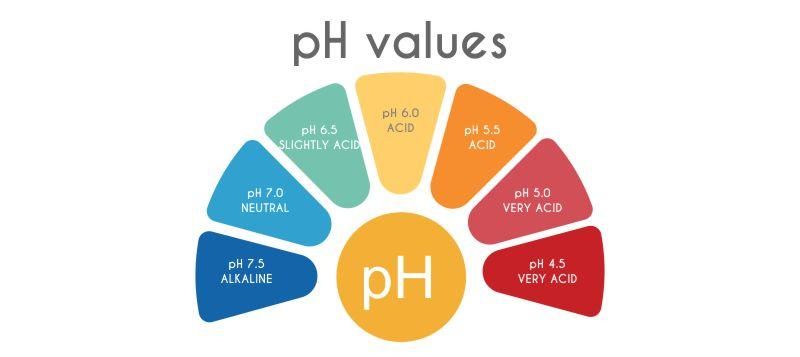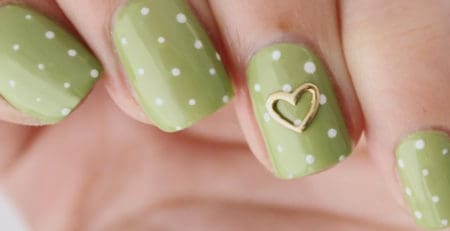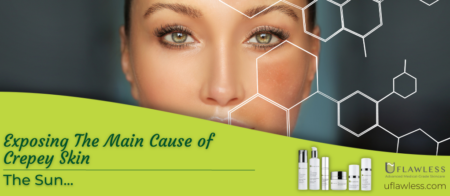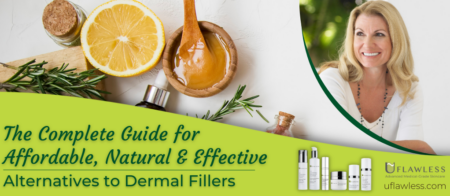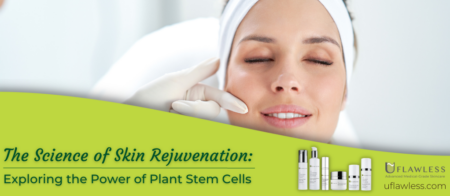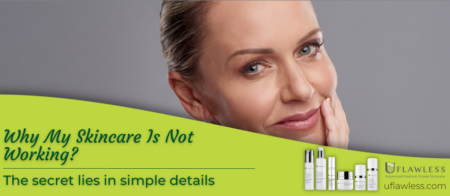What is Skin pH Balance and How Important is That For Healthy Skin
It’s a measure condition of our skin, which uses pure water as a reference number to check the Acidity or Alkalinity.
As a practical example, let’s take pure water, as the reference number. Seven (7), is the exact midpoint for balance in the pH scale.
Every number lower than seven (7) means acidity and numbers higher than seven (7), means basic or alkaline.
If you are like me and heard about pH only in science class and don’t know how important that is for your skin health, no worries, it’s not as rocket science.
As it sounds like we are going to understand what is essential in regards to our skin.
Considering that the skin is balanced when we have the pH measured in the range of 4.5 to 5.5.
That means that the surface is acid enough, in functional terms to protect the skin and ourselves from harmful bacteria and fungi.
Our skin is protected by a very thin acid mantle of oil. It’s the natural shield every one of us has. Sometimes could be too low (dry skin) – then could drive to early aging – or too high (oily skin) -which creates acne-prone skin.
That’s why we have to be careful on what to put on our skin. Washing our skin, so we do not remove too much of the natural protection but cleaning enough to keep it still balanced.
How to Keep the pH of skin Balanced?
There are many ways that we can work directly to keep our skin pH balanced.
From the external standpoint is the products we put on our skin, soaps, cleansers, sunscreen, detergent, shampoo, dust and many more, that by now, we know acts daily in our lives.
The other side of the coin is what we eat. The buzzing term Healthy Lifestyle keeps trending up for the last years not only it is glamorous, but people having, enjoying the healthy lifestyle are looking better, younger and radiant.
They are eating clean, managing levels of stress, sleeping well, drinking lots of water – eight to twelve (8-12) glasses a day – loving, and using good skincare products.
Interested in having a good healthy skin? Balance the pH of skin! ;-)
What Influences Your Skin Ph?
As seen previously, everything from the Internal and External point of view influences the pH of the skin.
We are going to be more specific on how can we control, for the better, the pH of the skin.
Besides the fact that water is something you already have eight to twelve glasses a day. That’s enough to keep you hydrated.
An alkaline diet is what will create the pH balanced environment to the skin.
That means that dark green vegetables, such as kale and spinach are easy to find. Avocado, broccoli, and nuts will deliver the protein needed, as well as alkaline-forming nutrients for the skin.
We can’t stress enough mentioning that antioxidant fruits, like blueberries and beta-carotene in carrots, mangoes, and other orange fruits and veggies, are part of these ambassadors group of a healthy eating alkaline group.
An alkaline body can produce miracles not only for the skin but for the whole body. No regrets!
When we look for the external perspective, this is where technology in skincare takes place. Studying formulas, to be less aggressive to the skin regarding unbalancing the pH of the skin.
Once cleansers, soaps, and shampoos incline to be alkaline; The challenge though is to be able to remove the oil while keeping it moisturize enough, controlling the pH structure of the skin.
On the other hand, Acids, like Glycolics, Retinoids, Fruit Acids on your skin needs to be carefully observed as they tend to disrupt the outermost layer of the skin.
Promoting many benefits, undoubtedly, but also, when neglected, weakens the natural defenses, turning the skin vulnerable to bacterias and fungi.
How do I test My skins pH?
A Dermatologist can test the pH balance of the skin with a pH meter and a liquid dropped on the skin and in seconds can measure and show the results.
But as the skin is an organ (the largest in our body) there is a way to test it at home and the way to do it is with stripes. The ones easily seen on stores, which uses the saliva to measure the pH level of our body.
It is the quickest and easiest way to check if you have no plans to be in the dermatologist for now.
It’s appropriate to mention that we strongly recommend regular visits to dermatologists (annually, at least). Also, a lower pH (acid) body is never a good sign, so keep on track.
How to Choose a Low pH Cleanser
Many may say that Cleansing is the most crucial step on a skincare routine. It’s not difficult to disagree as seen here on the post when we mention about the importance of keeping the balance between the protective oily mantle and removing the excess.
Sodium Laurate, Sodium Cocoate, Sodium Tallowate are artificial ingredients that are harmful to the skin. Even those who contains natural oils in the composition, trying to balance the surfactant elements (substances that removes oil) can’t do enough.
Parabens and Sulfates, which are present commonly on shampoos, toothpaste and soaps as preservatives and oil removers, are very harmful substances for the skin, including association with cancer.
A lot is being said lately about sulfate-free and paraben-free cleansers, so prefer these for healthy skin.
This is when natural ingredients, known for centuries to promote healing in many aspects of the body, shows up!
The ones we strongly recommend comes with Chamomile and Ginger; great antiseptical, antibacterial, antifungal helps clean the face.
Especially when associated with cutting-edge ingredients, marine extracts creating a harmonious balance between cleansing and moisturizing at the same time. Challenging right?
We are leaving a hint here so you can check it out… X3 Chamomile Balancing Cleanser you can give them a try covering only the shipping and handling.


